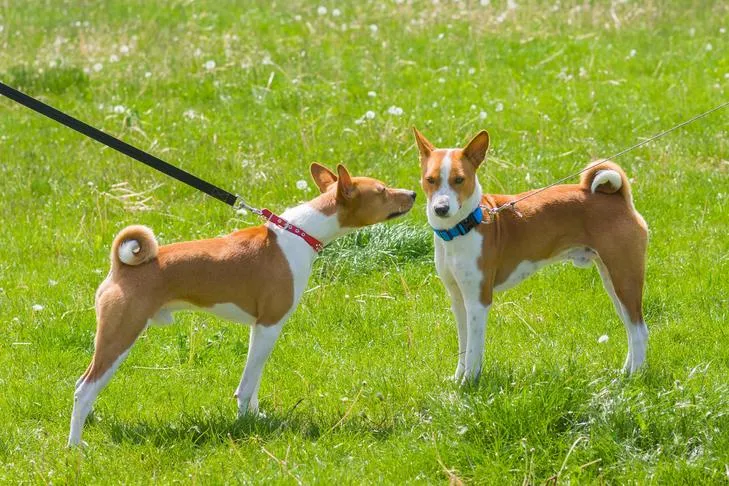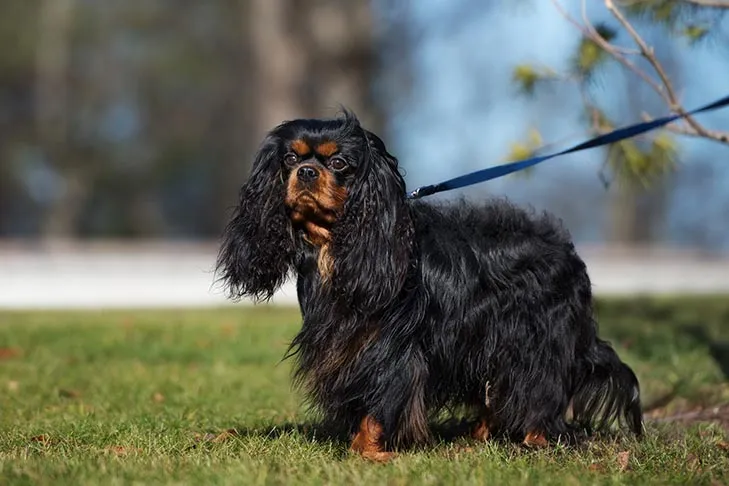Walking your dog should be an enjoyable experience, but leash pulling turns it into a battle. Many owners struggle with training a dog that pulls on the leash, risking injury or legal issues in public spaces. Teaching your dog to walk politely on a leash ensures safety, better control, and stronger bonds. Drawing from expert trainers at Dog Care Story, these 10 proven tips will help transform chaotic walks into harmonious ones.
Leash training starts with understanding that dogs pull for rewards like reaching smells or other dogs. By focusing on positive reinforcement and consistency, you can curb this habit effectively. Whether you have a puppy or adult dog, these methods work across breeds.
1. Reward Good Leash Behavior Immediately
Dogs thrive on rewards, repeating actions that bring treats, praise, or fun. Ignoring polite walking while punishing pulls reinforces bad habits. Always mark and reward when your dog walks with a loose leash—use high-value treats or verbal praise right away.
Start sessions with frequent rewards every few steps. As progress builds, fade treats and swap for life rewards like sniffing a bush. This builds a habit where polite walking equals good things.
2. Stop Moving When Your Dog Pulls
Pulling means forward motion, the exact reward your dog craves. Continuing forward teaches them persistence pays off. Instead, freeze in place the instant the leash tightens—plant your feet and wait calmly.
Your dog will eventually slacken the leash or return to you. Only resume when tension eases. Patience here prevents escalation.
 Basenjis meeting in a field outdoors, one on leash.
Basenjis meeting in a field outdoors, one on leash.
3. Resume Walking Only on a Loose Leash
A slack leash forms a J-shape, signaling readiness to move. Watch for your dog checking back or easing pressure before proceeding. Praise lavishly and treat at your side to associate looseness with progress.
Early walks may involve frequent stops, but dogs learn quickly: pulling halts fun, politeness keeps it going. Practice in low-distraction areas first for success.
For related challenges, check how to teach your dog not to pull on leash.
4. Use Life Rewards to Enrich Walks
Walks aren’t just potty breaks—they provide exercise and mental stimulation. During leash training, gamify rewards: after 10 polite steps, allow sniffing or greeting. These natural motivators make compliance exciting.
Vary rewards to keep engagement high, turning training into play.
5. Match a Brisk Walking Pace
Dogs often outpace humans, fueling pulls. Speed up to a mutual comfort level, encouraging them to stay near without forging ahead. Gradually teach pace-matching as skills solidify.
This adjustment reduces frustration for energetic breeds.
6. Enforce the No-Pulling Rule Consistently
Inconvenience tempts leniency, but any pull allowance resets progress. Stick to stops every time, even on quick potty runs—use your yard if rushed. Consistency across family members accelerates results.
 Beagle pulling on the leash to sniff while on a walk outdoors.
Beagle pulling on the leash to sniff while on a walk outdoors.
If starting young, see how to get puppy to follow on leash.
7. Keep Sessions Short and Positive
Frustration builds with stubborn pullers, especially puppies with short attention spans. Limit to 5-10 minutes, ending on successes. Short bursts prevent burnout and build momentum.
Focus on quality over distance—even mailbox progress counts.
8. Stay Engaging During Walks
Dogs ignore bored owners amid street distractions. Be dynamic: chat, change directions, or cue tricks to hold focus. An attentive handler outshines squirrels or passersby.
Incorporate play breaks for variety.
9. Maintain Your Calm Demeanor
Excitement or fear transfers via leash—dogs mirror human energy. Facing triggers like barking dogs? Breathe deeply, project relaxation. Calm you fosters calm dog, improving listening.
 Cavalier King Charles Spaniel on a lead outdoors.
Cavalier King Charles Spaniel on a lead outdoors.
Build recall with tips from how to teach my dog to come here.
10. Practice Focus Amid Distractions
Real-world walks bring squirrels, dogs, or strangers. Preempt pulls by cueing “sit,” “watch me,” or hand targets before engagement. Reward focus heavily, gradually increasing distraction levels.
Proactive engagement keeps manners intact.
Mastering polite leash walking demands patience but yields safer, fun outings. Implement these tips daily, tracking improvements, and celebrate milestones. At Dog Care Story, our certified trainers have helped thousands—contact us today for personalized sessions or explore more like how to get my dog to come every time. Your perfect walks await!
